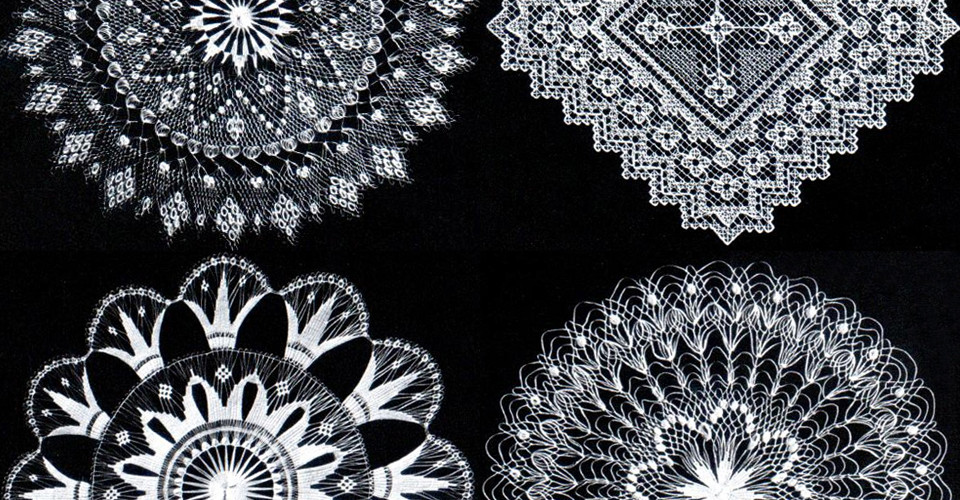Croatia’s sunniest island Hvar hides so many beauties. Apart from the island’s landscape, scented lavender fields and arancini from the island’s citruses, first class wines, trendy beaches and catering offers, there are those hidden historical values of the heritage, hidden behind the monastery walls.
The central stone core of the town Hvar, called “piazza”, will leave nobody indifferent. Among many souveniers in the shops or coral jewelry stores intended for cruiser tourists, there is one special product that definitely needs emphasizing – a souvenier from Hvar created by diligent and dedicated work of the Benedictine nuns – Hvar lace.
Embroidering lace from agave strings is a protected cultural heritage, and was recognized by the UNESCO in September 2009.
Although the monastery had its educational function in the past, because in it an elementary school for girls was held, for the past 100 – 120 years unique specimens of Hvar lace originate in it. Embroidering Hvar lace dates around the half of the 19th ct. when a sample of lace was brought by the Hvar seamen and fishermen from the islands of Tenerife. Benedictine nuns were the ones to carefully study the samples and later made them more special and prettier.
Apart from ingenious patterns, another particularity is the raw material for this lace – they are the strings from the agave cactus. American agave is the species that is domesticated in our seaside region. Besides being used as a raw material for embroidering lace, its particularity is that after it blossoms, it dies. Strings for the lace are acquired from fresh agave leaves, which should not be older than three years. The strings are pulled up to one meter in length, and after processing, the strings are white in colour, thin and of certain density and length – all this is a part of an overall highly demanding preparation process.
The strings are best embroidered during the damp (southern) weather.
There are three types of lace embroidering:
1. Tenerife – embroidered with a small sowing needle on a piece of cardboard,
2. Tenerife with wrinkling in the circle – embroidered with a small sowing needle and a metal needle for the mesh and
3. Antique with wrinkling on the frame – embroidery with a small sowing needle with various stitching on a stretched mesh.
Every motif is embroidered on a previously prepared base, no sketch. Setting up the base for “antique” is completely reverse than the one for the Tenerife and wrinkling, considering the edges are done first.
Additional beauty of the Hvar lace is definitely its uniqueness in every specimen, considering that the expression of the motifs is a result of an individual idea and artistic talent of every lace-knitter, without previous sketch and extreme amount of patience.
As proscribed by their order, the Benedictine nuns are not open to public. This fact provides the lace with additional note of mysterious value, and as such it is very attractive to tourists who gladly buy it as a souvenier. Agave lace cannot be washed nor ironed, but with careful preservation, they are very durable. They are being kept under a bell in the Benedictine monastery.
Although the Hvar lace belongs among one of the three basic pillars of the Croatian lace-embroidering, this particular one was chosen as a gift for the Holy Pope during the visit of our Ministry of Foreign Affairs to the Holy See in 2009.
Make sure you visit the town Hvar on the Hvar island and discover the values and the secrets where this unique souvenier originates. If you come from the direction of Old Town, be sure to visit the Dubovica beach that will unveil its beauty, position and clear sea to you.




3 Comments
The word “knitting” is not correct to use for the Hvar lace. Knitting is done with two long needle. The lace from Hvar is done with sewing needle and thread. The correct word would be “embroidery”.
Thank you for your comment and suggestion. We made changes to the text accordingly.
In the United States, the term needle lace or needlelace would be the most accurate description of this beautiful lace.